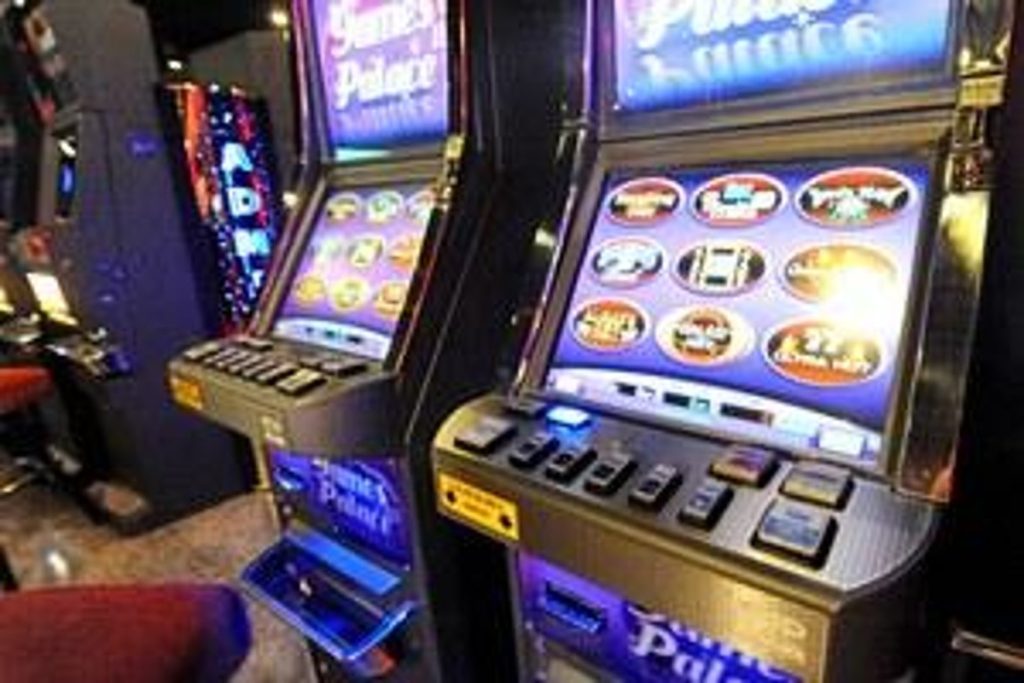Gambling, a perennial source of both thrill and trepidation revolves around the tantalizing roll of the dice. Whether it is the craps tables in a bustling casino or a friendly game of Monopoly at home, the act of rolling the dice is an embodiment of chance, probability, and the uncertainty that fuels the excitement of gambling. To truly comprehend the odds at play, one must delve into the mathematics that underpins these seemingly simple cubes. A standard six-sided die, marked with numbers one through six, appears straightforward, but the intricacies of probability come to the forefront with each toss. The fundamental concept lies in the fact that each face of the die has an equal chance of landing face up, leading to a 1/6 probability for any specific number to be rolled. Yet, the allure of gambling hinges on the myriad ways these basic units can combine to yield diverse outcomes. In games like craps, where multiple dice are in play, the possibilities grow exponentially. The probability of rolling a particular sum becomes a puzzle of combinations and permutations, transforming the roll into a complex dance of chance.

The elusive nature of predicting the outcome is heightened by the countless variables introduced by the multiple dice, amplifying the thrill for gamblers seeking the rush of uncertainty. Casinos capitalize on this by offering an array of bets with different odds, enticing players with the promise of big wins against the backdrop of calculated risk. Understanding the odds in gambling extends beyond the physical properties of the dice to include the intricacies of game rules and strategies. A seasoned gambler comprehends not only the likelihood of a specific outcome but also the nuances of betting options. The dichotomy between risk and reward is the heartbeat of gambling, with players navigating the labyrinth of probability to maximize gains while mitigating losses. The concept of expected value, a statistical measure of the average outcome over the long term, serves as a compass for players seeking sustainable success. Yet, the allure of the dice goes beyond mere numbers and calculations.
It taps into the human psyche’s innate fascination with uncertainty and the thrill of unpredictability. The rhythmic rattle of the dice in one’s hand before the pivotal toss carries an anticipation that transcends mathematics, slot gacor creating an emotional rollercoaster that accompanies the numerical probabilities. This psychological aspect further elevates the gambling experience, as players grapple with the interplay of chance and strategy, luck and skill. In conclusion, rolling the dice in gambling encapsulates a fascinating intersection of mathematics, psychology, and chance. The simple act of tossing a pair of dice belies the intricate web of probabilities and uncertainties that define the world of gambling. Whether it is the strategic calculations of a seasoned player or the raw emotion of a novice, the roll of the dice remains a captivating metaphor for the delicate balance between risk and reward that defines the essence of gambling.
